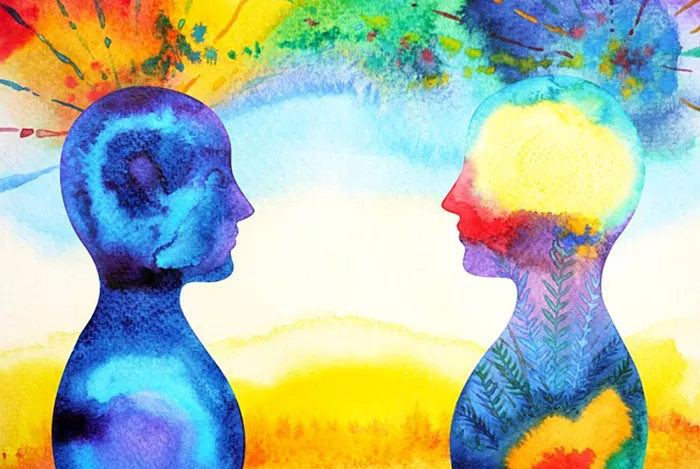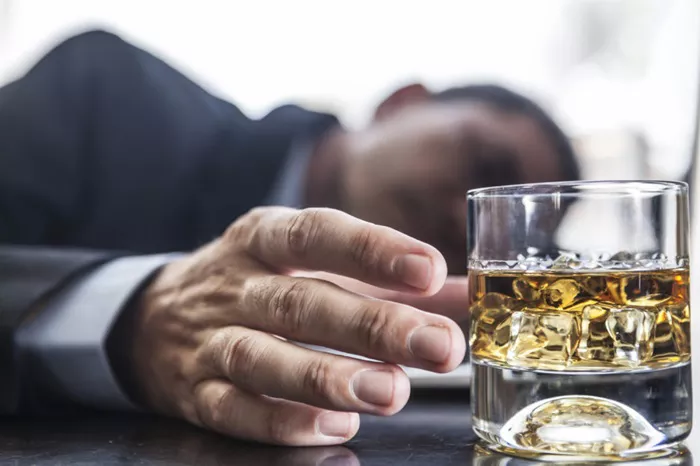In the complex interplay between creativity and the mind, art emerges as a potent therapeutic tool, often weaving together the emotional, cognitive, and social fibers of human experience. The act of engaging with art, whether by creating it or appreciating it, has been found to be profoundly beneficial in improving mental health. This detailed exploration seeks to unravel the mechanisms through which art impacts psychological well-being, provides therapeutic interventions, and fosters an environment conducive to mental healing and resilience.
Understanding the Psychological Impacts of Art
Art influences mental health through multiple avenues ranging from neurological effects to psychological and emotional responses. Neuroscientific research indicates that engaging with art can activate pleasure centers in the brain such as the amygdala, the orbitofrontal cortex, and the striatum. This activation is not merely a transient uplift in mood but a complex change that can lead to enduring improvements in mental health.
Stress Reduction: Engaging in artistic activities can decrease stress levels significantly. Activities like painting, sculpting, or drawing can shift focus away from stressful thoughts and act as a form of mindfulness similar to meditation.
Enhancement of Mood: The creation and appreciation of art can elevate moods, helping to alleviate symptoms of depression and anxiety. Colors, textures, and the physical act of art creation stimulate the sensory part of our brains, leading to an increase in feel-good chemicals like serotonin.
Cognitive Improvement: Art can enhance cognitive functions by improving neural connectivity. The process of creating art involves problem-solving and pattern recognition skills, which are cognitive abilities that can generalize to other aspects of life.
Art Therapy: A Professional Avenue for Healing
Art therapy is a form of psychotherapy that uses art media as its primary mode of communication. It is based on the belief that the creative process involved in artistic self-expression helps people to resolve conflicts and problems, develop interpersonal skills, manage behavior, reduce stress, increase self-esteem and self-awareness, and achieve insight.
Methodology in Art Therapy: Art therapy integrates psychotherapeutic techniques with the creative process to improve mental health. Art therapists are trained in both art and therapy, which allows them to guide clients in using art for emotional and cognitive growth.
Applications in Mental Health: Art therapy is used with children, adolescents, adults, and the elderly in individual, couples, families, and group therapy formats. It is effective across a broad spectrum of mental health issues, including trauma, grief, depression, anxiety, and developmental and learning disabilities.
Art as a Self-Help Tool
Not only is art a clinical tool used by therapists, but it is also accessible to anyone as a form of self-help for managing mental health.
Self-Expression and Identity: Art can be a powerful medium for expressing thoughts and feelings that are hard to put into words. Through art, individuals can explore different aspects of their identity and express their inner thoughts and feelings in a supportive, tangible format.
Building Resilience and Emotional Regulation: Regular engagement with art can help individuals develop resilience against everyday stressors. The reflective process involved in creating art can promote a better understanding of one’s emotions and improve emotional regulation.
Connecting with Others: Art can act as a bridge between individuals, fostering a sense of connection and understanding. Community art programs provide a social context where people can engage in shared activities, often alleviating feelings of isolation or loneliness.
Research and Case Studies on Art and Mental Health
Empirical studies and anecdotal evidence both underscore the therapeutic benefits of art. Research has shown significant positive outcomes in populations ranging from veterans suffering from PTSD to individuals dealing with chronic illnesses.
Quantitative and Qualitative Studies: Numerous studies utilize both qualitative and quantitative research methods to examine the effects of art on mental health. These studies often show improvements in mental health metrics such as reduced anxiety and depression scores.
Case Studies: Detailed case studies of individuals participating in art therapy provide deep insights into the therapeutic process and outcomes. These case studies often illustrate profound transformations and healing, supporting the effectiveness of art as a therapeutic tool.
Practical Ways to Incorporate Art into Daily Life
Incorporating art into one’s daily routine can be simple and does not necessarily require innate artistic talent or expensive materials.
Daily Artistic Activities: Simple activities like doodling, sketching, or coloring can be incorporated into daily routines to provide a mental break and boost creativity and relaxation.
Art Projects at Home: Engaging in more structured art projects at home, such as painting a canvas, crafting, or digital art, can provide a sense of accomplishment and a means to visually express emotional states.
Community Art: Participating in community art classes or workshops can enhance social interaction and provide the benefits of structured learning and community support.
Conclusion
Art offers a unique and profound benefit to mental health by providing avenues for expression, meditative practice, cognitive engagement, and emotional relief. Whether through formal art therapy or personal engagement with art at a hobby level, the act of creating and appreciating art holds substantial power in improving mental health. As society continues to recognize and embrace these benefits, the integration of art into mental health strategies becomes increasingly important, promising a richer, more holistic approach to mental wellness.
[inline_related_posts title=”You Might Be Interested In” title_align=”left” style=”list” number=”6″ align=”none” ids=”8346,8342,8278″ by=”categories” orderby=”rand” order=”DESC” hide_thumb=”no” thumb_right=”no” views=”no” date=”yes” grid_columns=”2″ post_type=”” tax=””]
































